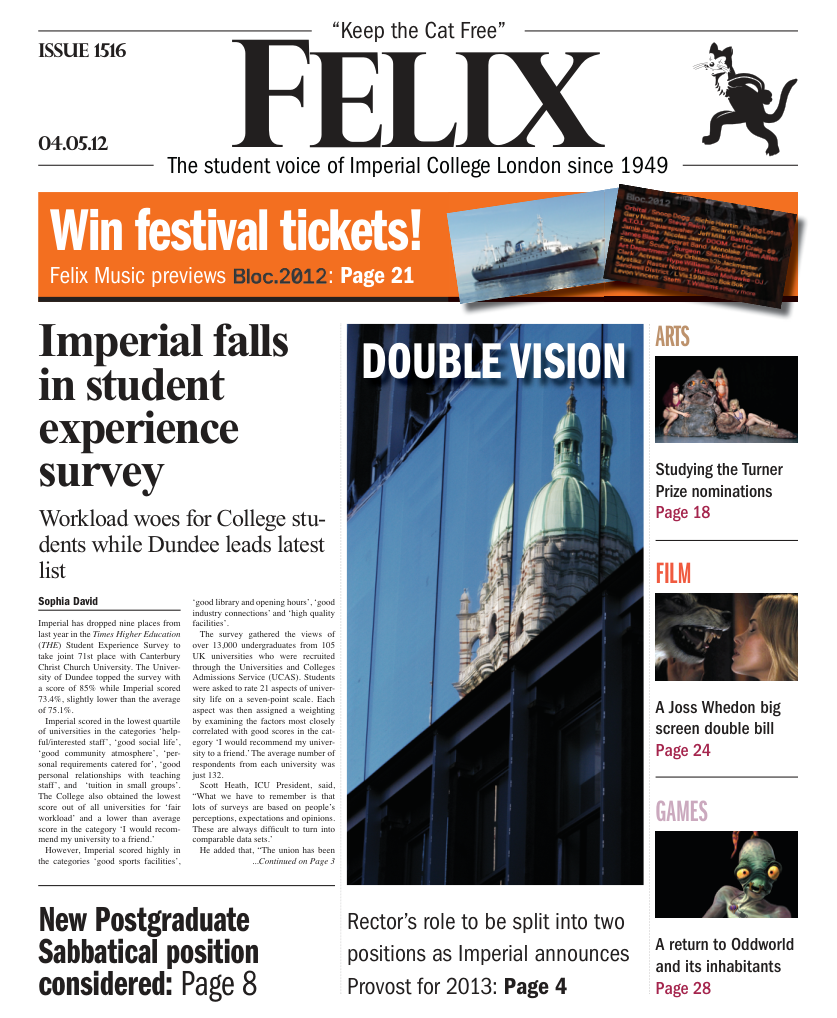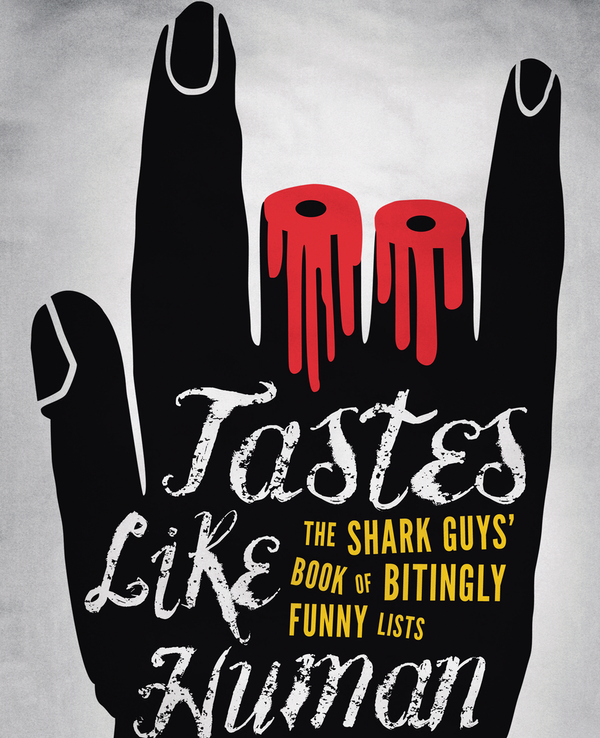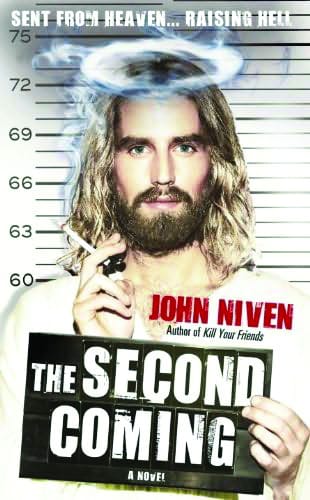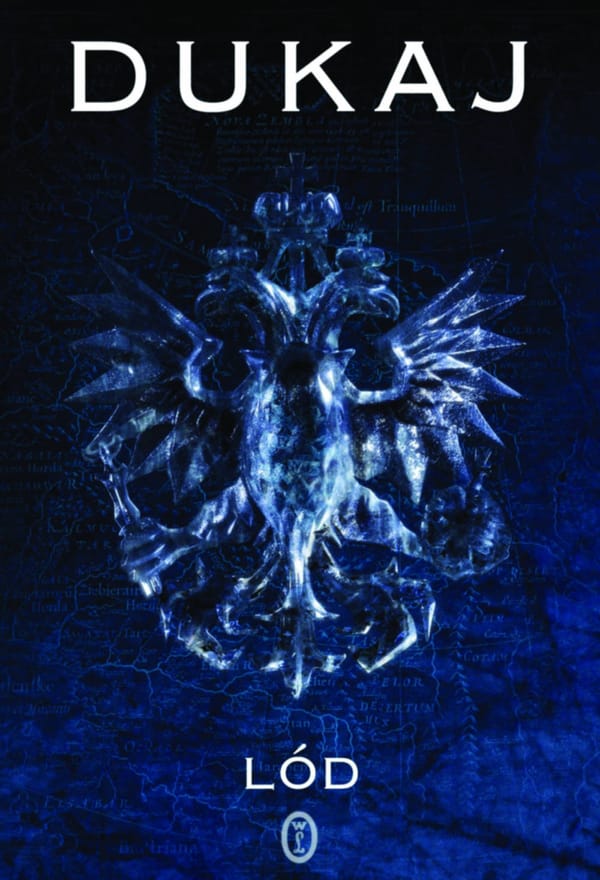Will this book crash and burn?
Rhys Davies finally gets down to reading a dated classic of SF literature
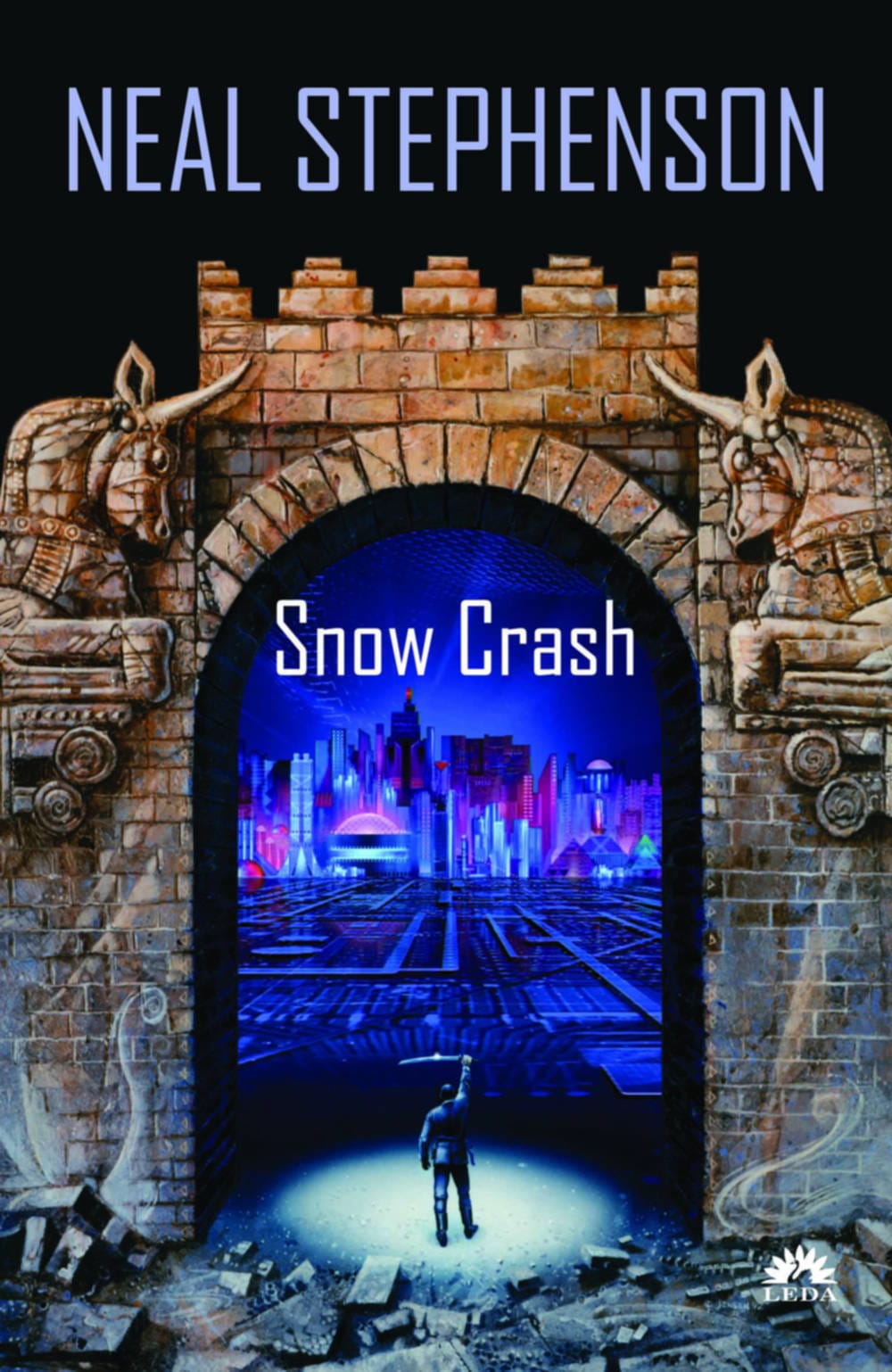
My friend read this and raved about it to me. Quickly sold (mainly by the main character’s name, Hiro Protagonist), I vowed I’d read it as soon as I could. That was in high school. Some ten years later, I’ve finally got around to it.
Snow Crash, by Neil Stephenson, was written in 1992, so even when my friend convinced me to read it, it was already a few years old. Now it’s twenty years old, and like most sci-fi, is beginning to show its age. However, that adds to the charm, reading about what the future might be like from the point-of-view of the past. Wikipedia informs me that the book is set sometime in the early 21st century and, thankfully, things have not turned out quick so bleak as Stephenson paints it.
The novel is certainly imaginative with a broad scope in mind
The book is set in a dystopian California where national government has largely disintegrated. In its place are big businesses (where franchises act as colonies) and ‘burbclaves’ – gated suburbia, each with their own law enforcement (contracted out, naturally). The plot revolves around Hiro, a pizza delivery boy (imagine if The Transporter had been about pizza) and a hacker. The internet, as it exists in the book, is called the ‘Metaverse’ where users assume avatars to navigate by. Early on, I had an epiphany – Stephenson predicted Second Life a decade before it happened. In the Metaverse, there is a computer virus that is leaching out into reality and doing to people’s brains what it usually does to computers. This is the eponymous Snow Crash.
Reading this twenty years on, and as a medical student, made me giggle but I decided to keep my disbelief suspended for the time being.
A secondary protagonist, Y.T. is a ‘Kourier’ – a skateboarder/courier who navigates the deadly Californian highways by harpooning other vehicles with an electro-magnet on a retractable cable. Through her dealing with Hiro, she too is drawn into the mystery of Snow Crash.
The novel is certainly imaginative, with a broad scope in mind. Through the course of the book, Stephenson ties together computer hacking, neurolinguistics, and middle eastern mythology-theology. This is on top of a fleshed-out world where pizza-boys drive armoured 4x4s, franchises run everything and the internet is Second Life.
On reflection, this feels like a book of two halves. Half the book is heavy on the action, advancing the plot at a rate of knots and in a very cool fashion. The other half feels like a very accessible textbook on linguistics and Sumerian culture. While I found these chapters (mostly dialogue between Hiro and a computer program-librarian) interesting (because I am a geek like that), it only struck me later that they were massive tracts of straight exposition. In fact, this thought struck as Hiro reiterated it for the benefit of the other characters. Furthermore, it would be hard to redact most of this because without it, the plot becomes quite shallow. Stephenson has tried to juggle intellectual depth with plot and whilst admirable, and successful, it is evident what he was trying to do.
Whilst cool and edgy, it has also grown rusty in the last twenty years
From a purely technical standpoint, the book is very readable. Even through the exposition-laden chapters, it remains fairly well paced and interesting.
Looking back on this book with 21st century eyes, some parts are unintentionally humorous, others are unfortunately cringeworthy. Hiro is half-black, half-Japanese and carries a pair of Japanese swords with him at all times. Cool without trying, I know, but after two decades, I have seen tropes like this surface again and again, done worse than in this book, and they leave their anachronistic imprint all over it. I don’t know if Stephenson was treading new ground with a character like this but now, he’s a little embarrassing. Likewise, in the wake of William Gibson’s Neuromancer, hackers were blessed with mad tech skills. These days, they are associated with the like of Wikileaks and Anonymous. Y.T. too; a typical Californian skateboarder, her dialogue is littered with cool lingo and slang which has now dated horribly. Then again, it might be worth reprinting the book with a glossary at the back, similar to A Clockwork Orange.
On the whole, I thought this was a good book (despite a weak ending). As well as going for grungey sci-fi dystopia, Stephenson also strives for an element of intellectual rigour. It might not be better than most novels but it’s trying to be smarter and that deserves some recognition. Whilst cool and edgy, it has also grown rusty in the last twenty years. However, as a snapshot of 1990s imagination, it still gleams.


